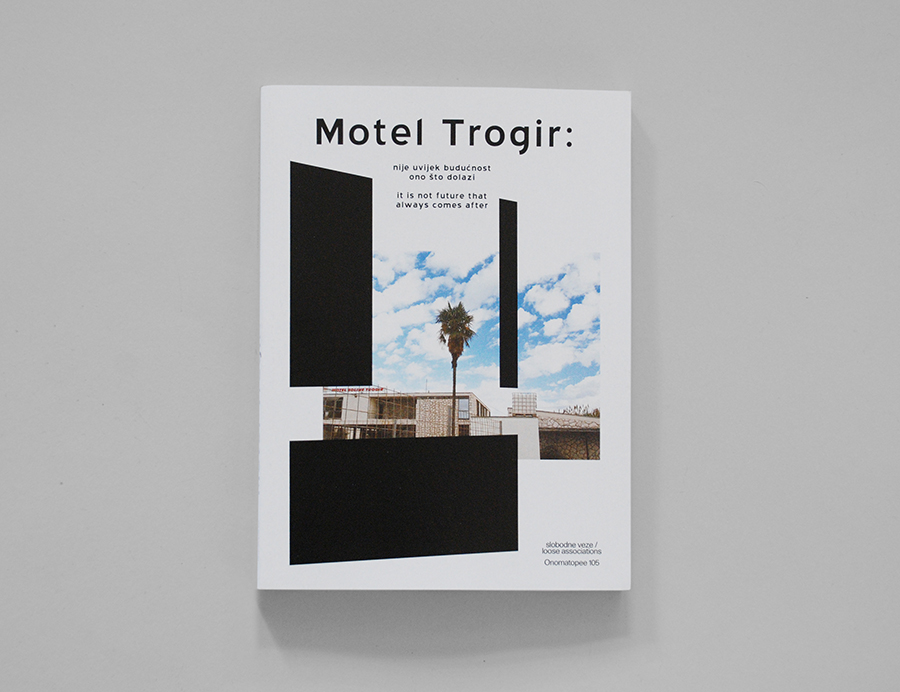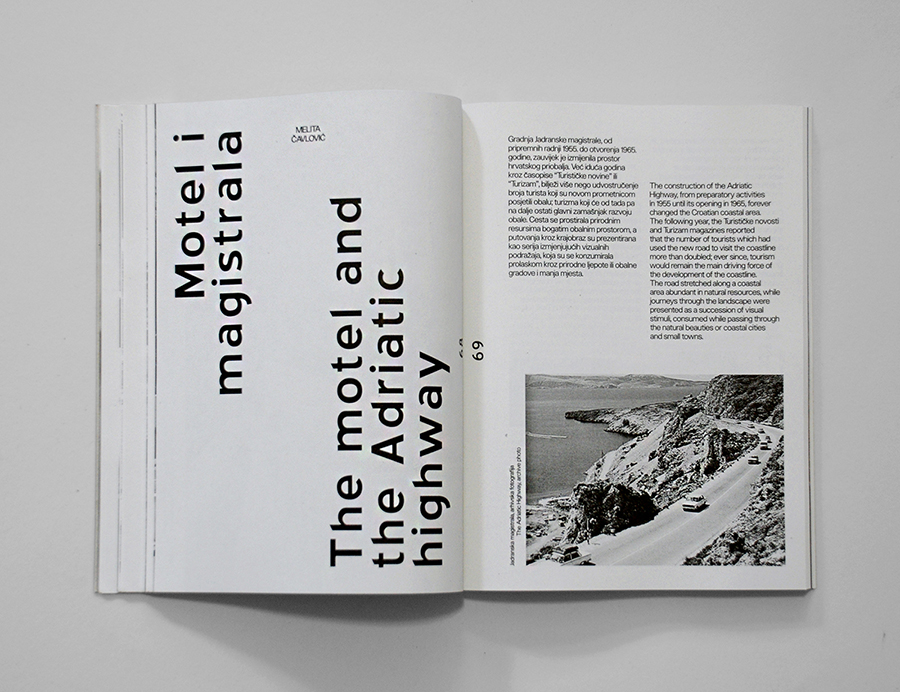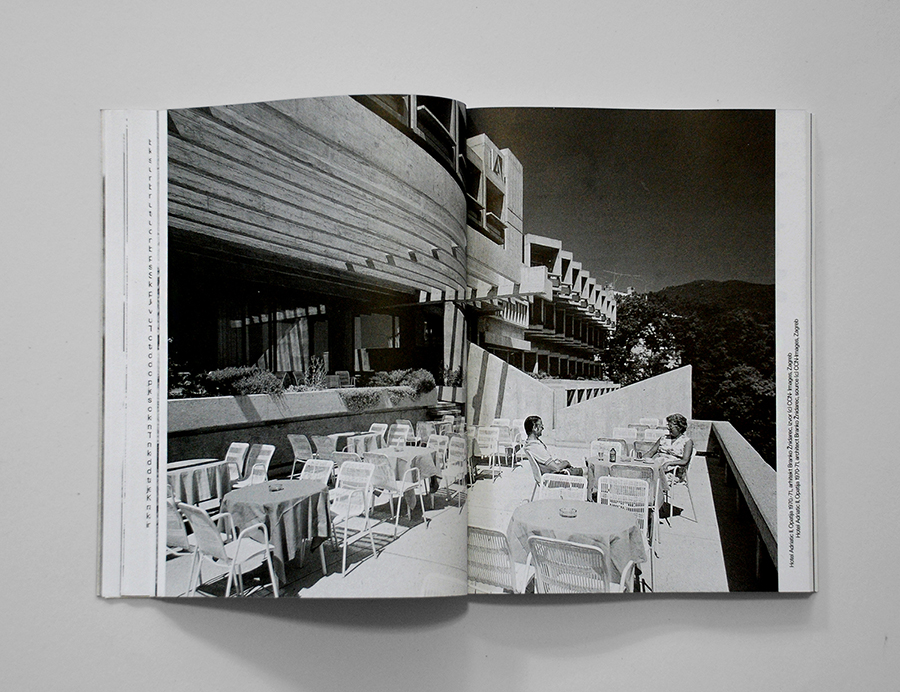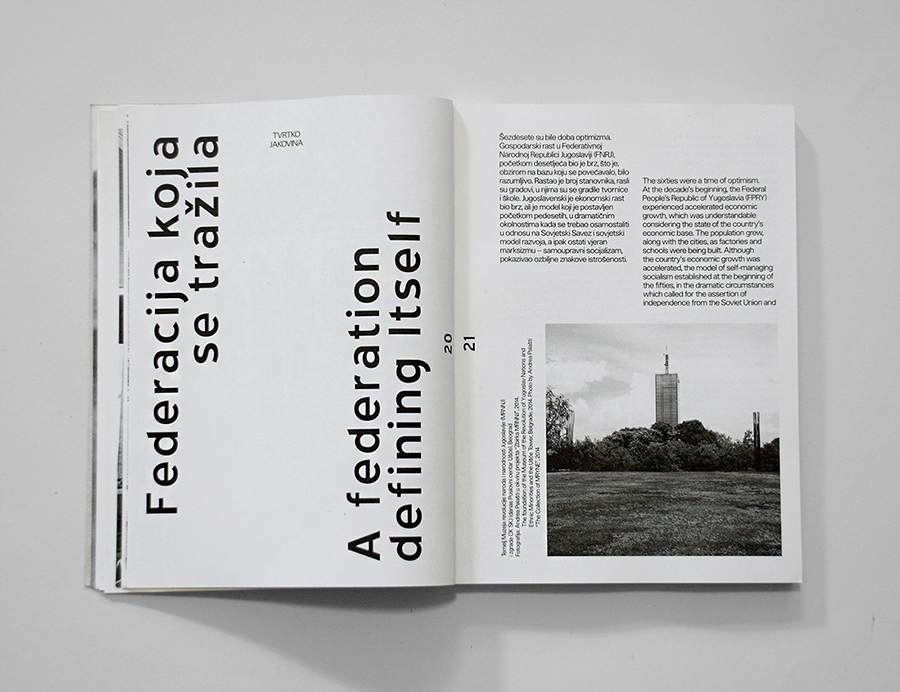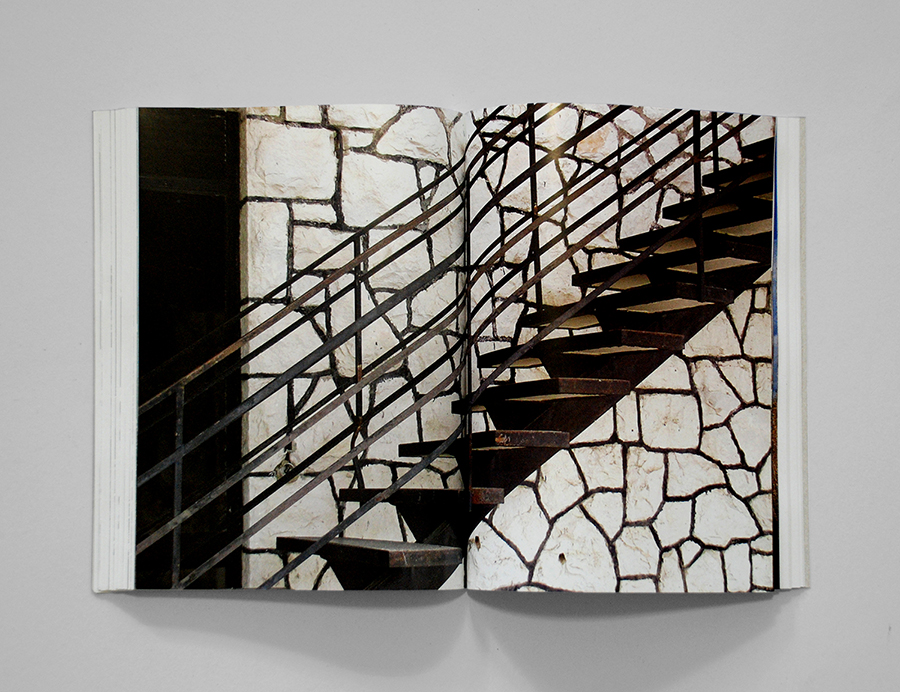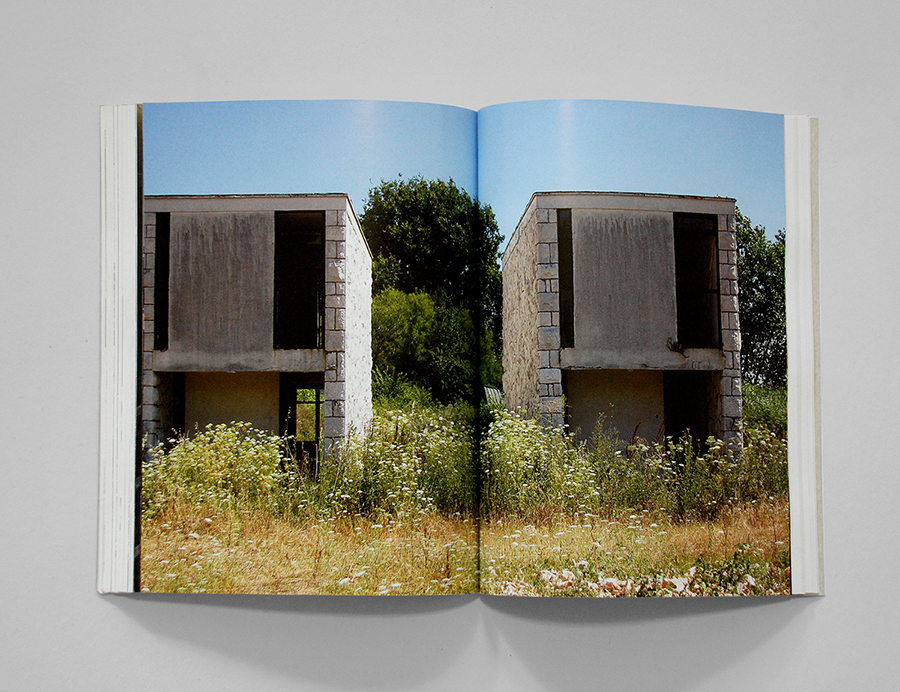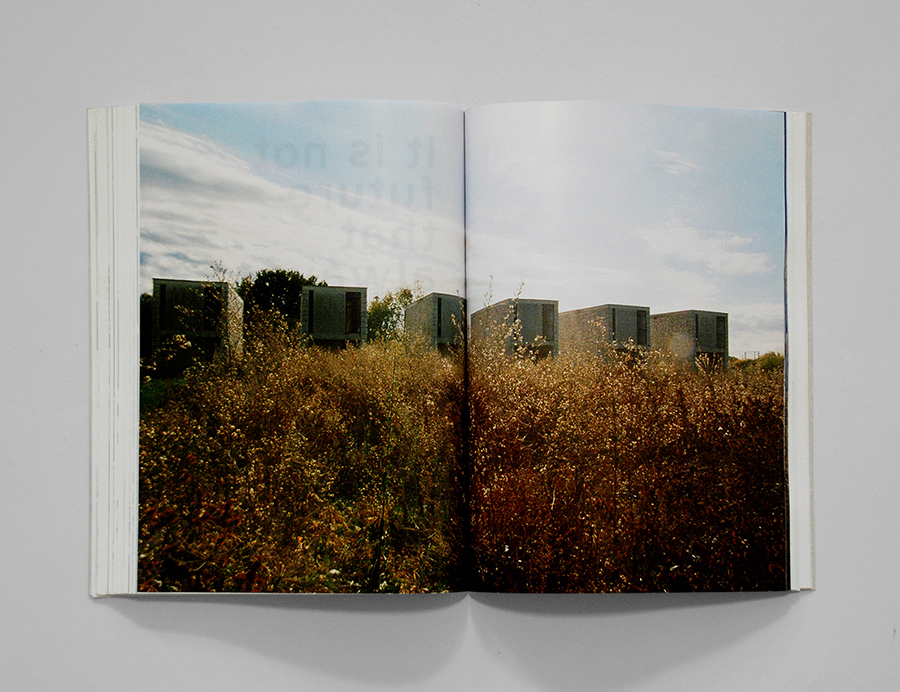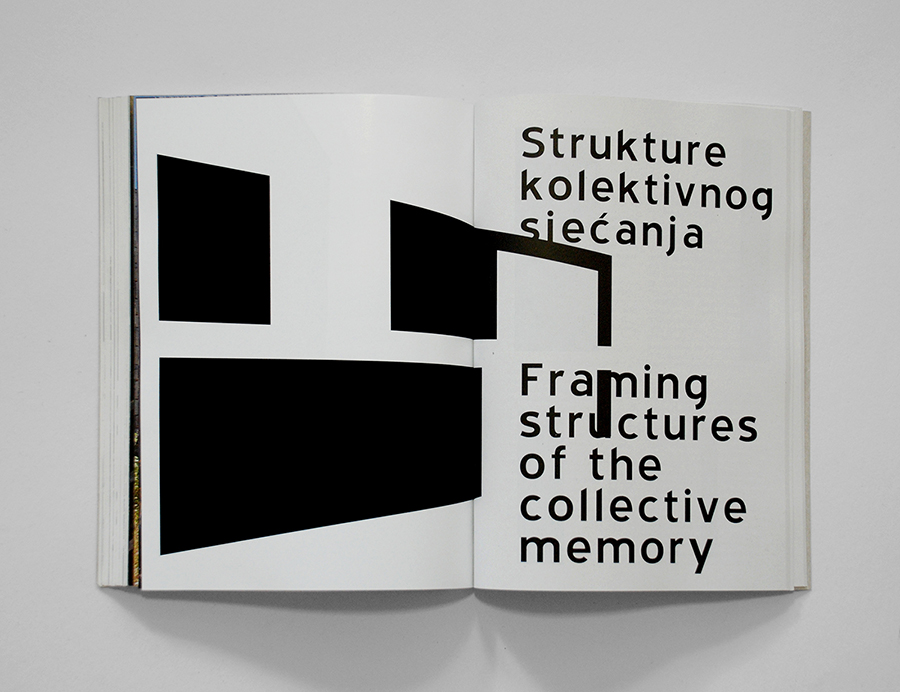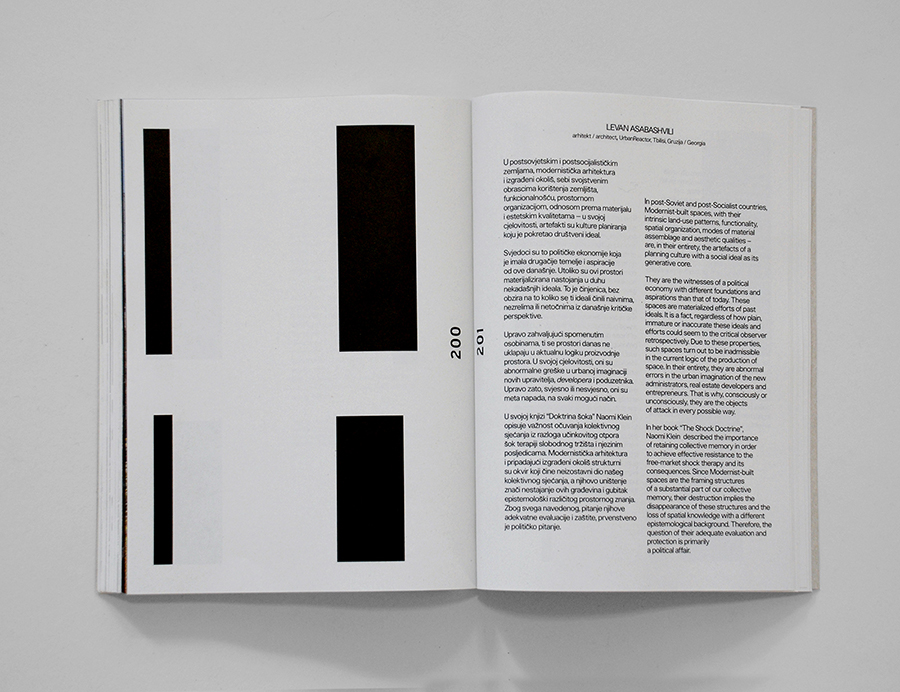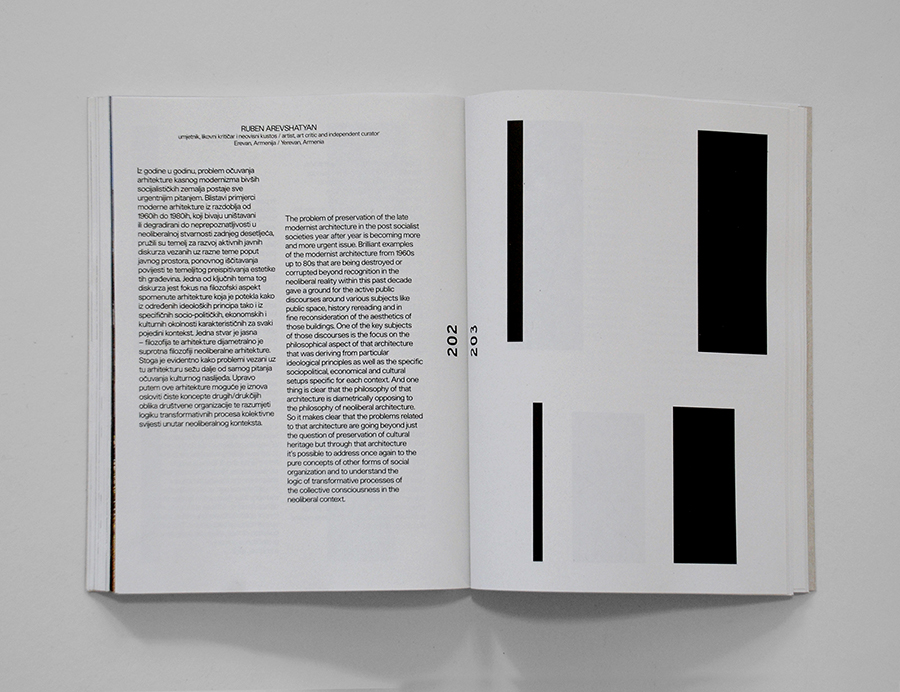Motel Trogir: it is not future that always comes after
(February 2016)
Motel Trogir is a fine example of Yugoslav mid-20th century architectural modernism. Built in 1965 on the eastern Adriatic coast by a renowned architect Ivan Vitic, the building is a surviving artefact of the planning culture with a social ideal as its generative core. Today in a derelict state due to unresolved property issues, as a result of the non-transparent privatization of what once was societal ownership, the motel stands as a reminder of the former political economy with its different foundations and aspirations.
Conceived during a period of markedly increased transit tourism in the small Dalmatian town of Trogir, the construction of the Motel had been planned in parallel with that of the Adriatic Highway. It was envisaged as one of the performative elements that would fit within the utopian vision of the Highway imagined as a feature film unfolding on the travelers’ windscreens. Although visionary, the building and the belonging “emptiness” around it, seem like an abnormal error in the urban imagination of present-day administrators, real estate developers and entrepreneurs.
This book tells the story of the 1960s in the Socialist Yugoslavia, the country in between the East and the West, between the socialist agenda and the market economy. Focusing on tourist architecture and planning, it pursues the turbulent decades that followed, reflected in
Ivan Vitic’s Adriatic motels.
Publishers: loose associations, Onomatopee 105
Editors: Natasa Bodrozic and Sasa Simpraga
Language: Croatian / English
Pages: 224
ISBN 978-94-91677-54-0
Purchase at: www.onomatopee.net
